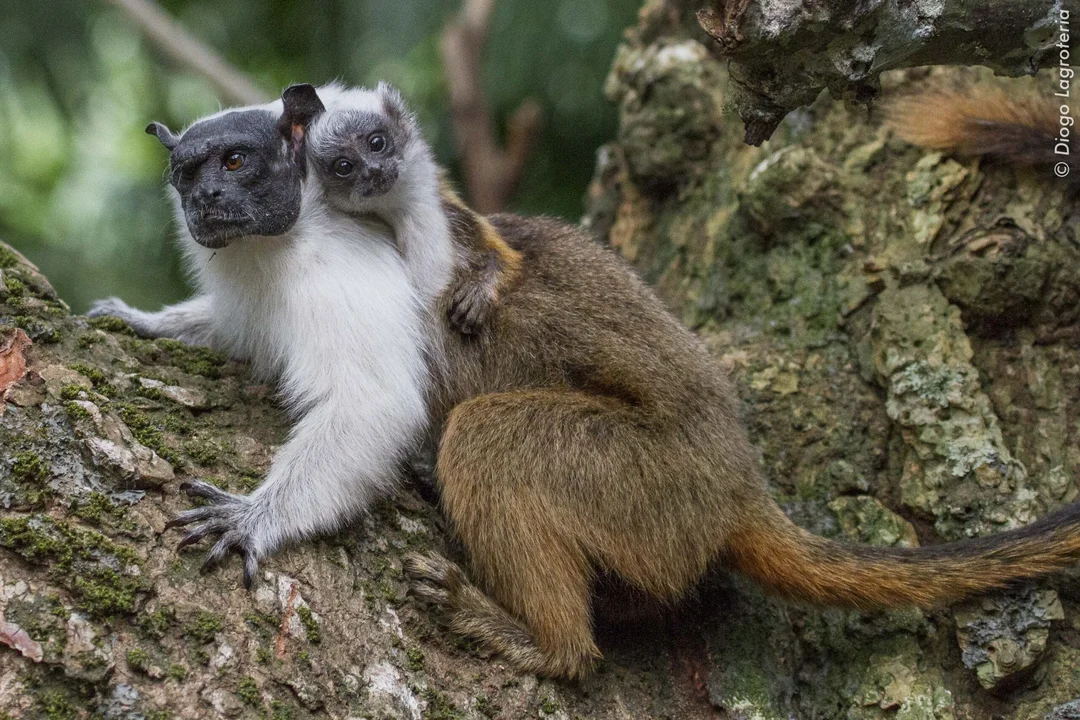
New Refuge Established to Protect South America’s Most Endangered Monkey
In a hopeful turn for conservation efforts, Brazil has designated a refuge twice the size of Manhattan near Manaus, specifically to protect the pied tamarin, the most endangered monkey species in South America. This initiative, while a significant step forward, underscores the ongoing challenges faced by this unique primate.
The pied tamarin (Saguinus bicolor), which inhabits the fragmented forests around Manaus—home to over 2 million people—has experienced extensive habitat loss. The new 15,000-hectare reserve, however, is still in its implementation phase nearly a year later. Conservationists argue that, despite this progress, the reserve is insufficient to ensure long-term survival.

Diogo Lagroteria, head of the pied tamarin conservation committee at ICMBio, emphasized the species’ precarious situation: "They’re a very unlucky species for having happened to choose Manaus." The town's rapid urban development and road construction have led to severe fragmentation of their habitat, pushing the tamarins into small, isolated patches of forest.
The establishment of the refuge does connect five other protected areas, including military sites and indigenous territories, but without further efforts to create continuous forest corridors, the tamarins' futures remain uncertain. Lagroteria remarked, "The refuge alone won’t guarantee the species’ survival."
Pied tamarins, smaller than a red squirrel and known for their feistiness and intelligence, have become cultural symbols for Manaus since 2005. Dom Wormell, from the Tamarin Trust, noted their remarkable communication skills, which include a repertoire of 35 to 40 different calls. These traits highlight their complex social behaviors and needs.
Efforts are underway to engage local communities in conservation, an essential part of the refuge's success. Though conversations are just beginning, local resistance has surfaced, with some individuals claiming land within the designated conservation areas. Lagroteria is optimistic, stating, "We want the residents to be involved and help us preserve the area."
To bridge the gap between conservation and community needs, initiatives such as wildlife crossings over busy roads and planting native fruit trees are being explored. These measures aim not only to reduce roadkill among tamarins but also to provide economic opportunities for locals.
This newly established refuge paints a mixed picture of hope and challenge. As we watch the developments unfold, one question remains: Can collaborative efforts between conservationists and local communities successfully safeguard this fragile species before it’s too late? Share your thoughts below!